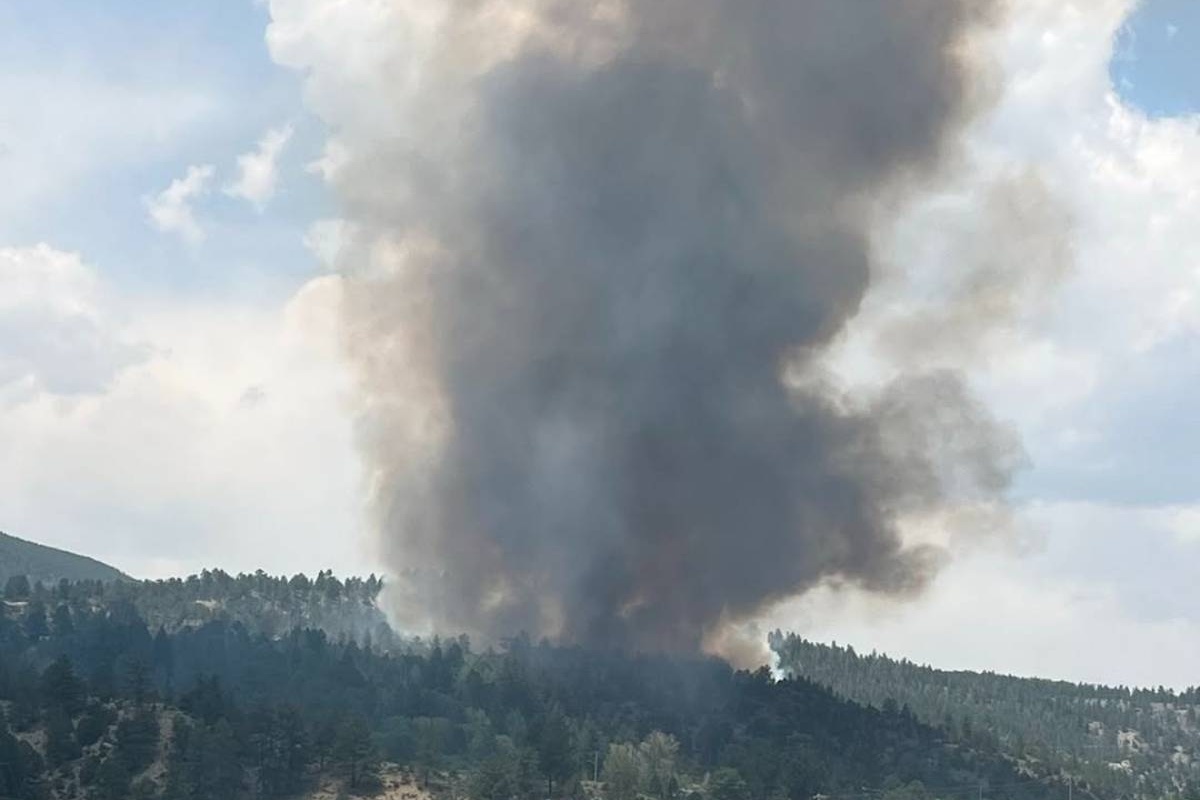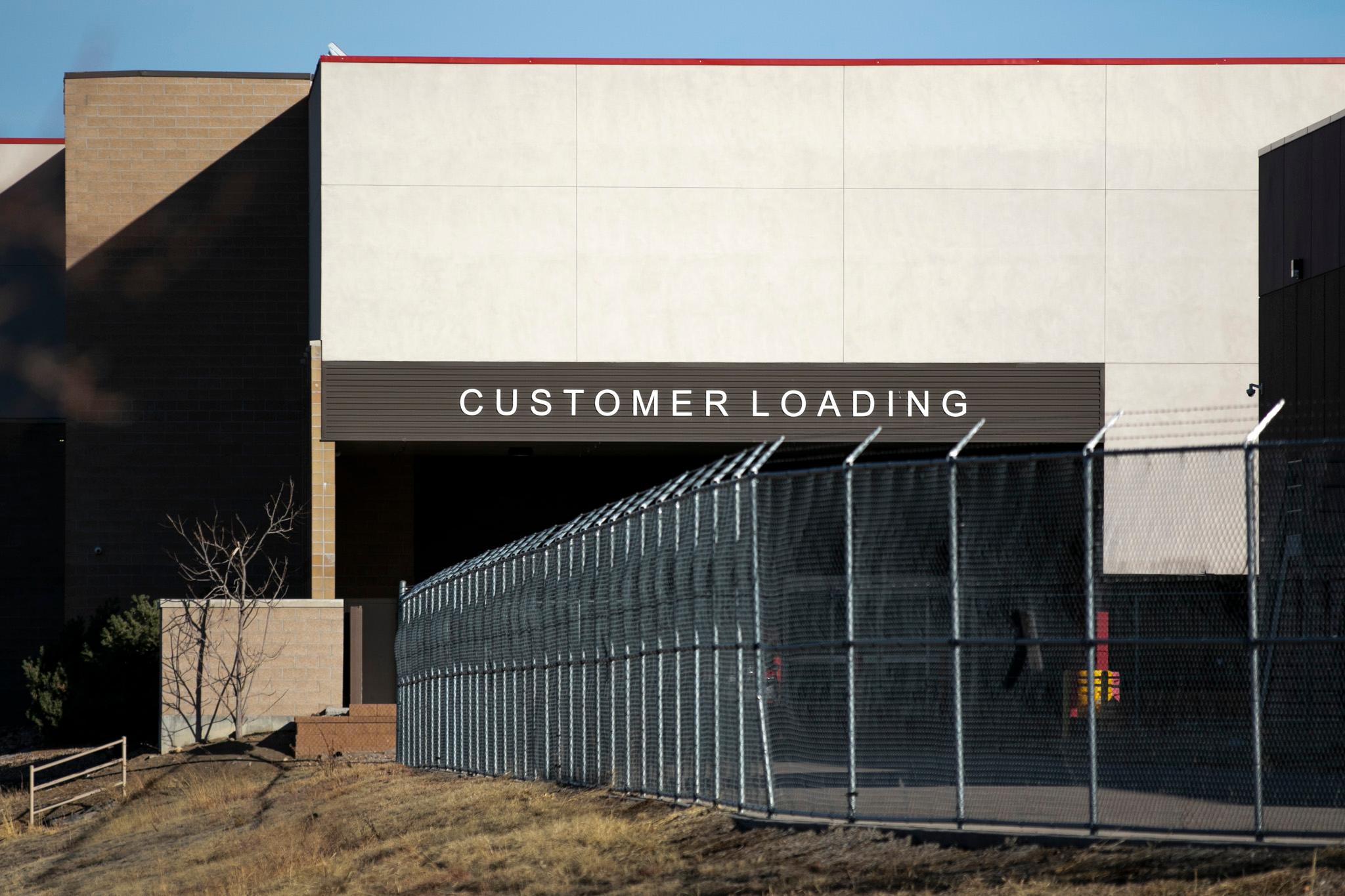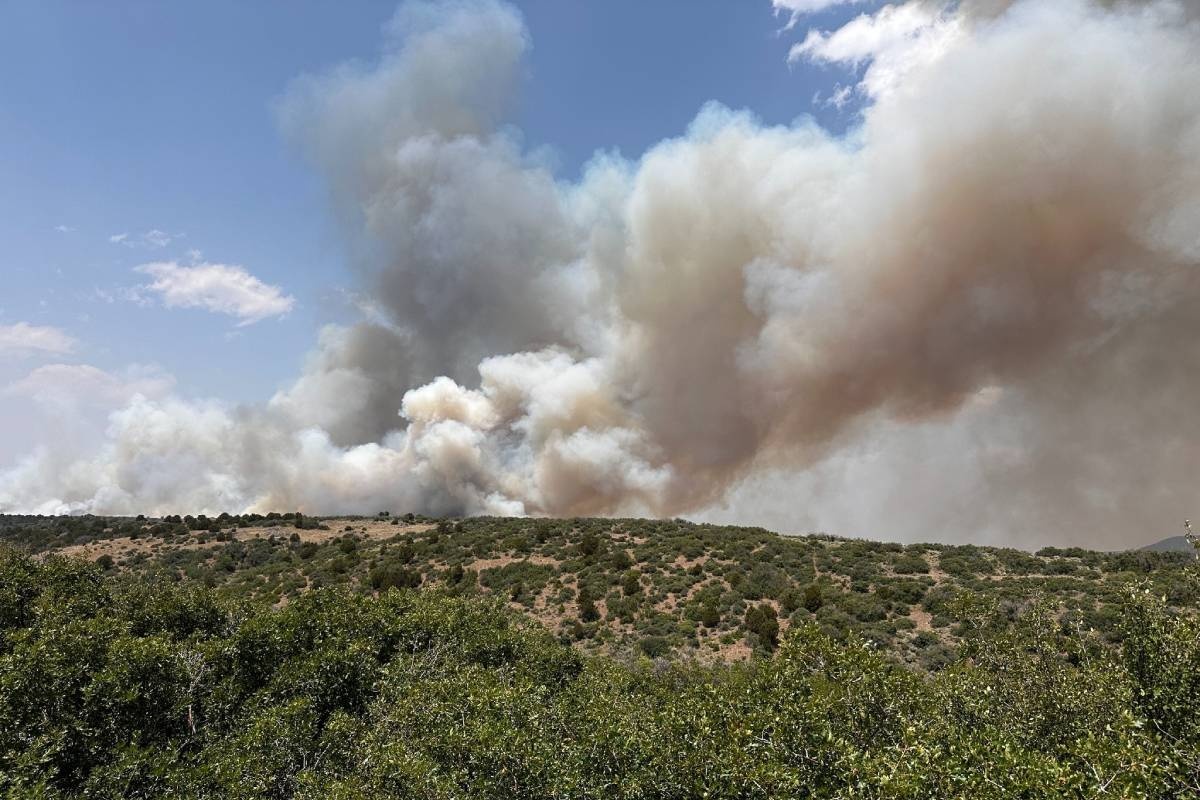Commercial satellite imagery has revealed the location and layout of a previously undisclosed North Korean missile base, including deep underground tunnels designed to house the weapons.
The base, known as the Sakkanmol missile operating base, is located around 85 miles northwest of the South Korean capital of Seoul (38.584698° 126.107945°). According to researchers who spotted the base, it consists of a series of above-ground buildings, including barracks and vehicle maintenance facilities, as well as underground tunnels that hold the trucks that carry the missiles. This particular facility likely houses shorter-range North Korean missiles that could be used to strike South Korea in the event of war.
Intelligence agencies believe there are in the neighborhood of 20 similar bases scattered throughout the country. Some, like the base at Sakkanmol, house shorter-range missiles, while others house missiles capable of striking farther afield, including targets in Japan and the continental United States. It is unclear whether the missiles at Sakkanmol would be armed with nuclear or conventional warheads, but at least some of the bases would be nuclear capable, says Joseph Bermudez, a senior fellow at the Center for Strategic and International Studies and an author of the new report.
Sakkanmol and other similar bases represent the backbone of North Korea's nuclear defense. "This is their primary means of strategic deterrence against the U.S., South Korean and their allies," Bermudez says. While other countries use bombers and submarines to field their nuclear weapons, North Korea is believed to rely almost entirely on trucks. In the event of war, the trucks would likely be fueled and armed in their underground bunkers at these bases. They would then drive away to one of a number of preselected sites from which they could launch their missiles. The sites just need to be flat and level, says Bermudez. "A highway would be an excellent choice," he says.
Researchers not affiliated with the latest find say that the discovery of the base is significant. "I think it's the first time we've seen an operating base on this scale," says Catherine Dill, a senior research associate at the Middlebury Institute of International Studies based in Washington, D.C. She says the base has some distinctively North Korean features, including greenhouses, where soldiers grow their own food. Given the remote mountain location of the base and North Korea's limited infrastructure, "it's easier to have as much located at the facility as possible," she says.
Dill says she was unsurprised by the base's existence. At a summit in Singapore earlier this year, North Korea pledged to work towards denuclearization, but that vague pledge only applied to some point in the distant future, Dill says. In the meantime, North Korea will continue to strengthen its existing nuclear deterrent. "North Korea is continuing to put in place infrastructure that supports its status as a nuclear weapons state," she says.
Bermudez agrees, but adds that he is impressed by the level of effort that has gone into tunneling into the nearby mountains. The tunnels are designed to make the missiles more survivable in the event of war. "Sakkanmol is one of a number of strategic missile bases that have been dispersed around the nation," he says. Taken together, he says, they represent an effective deterrence.
Bermudez says he has identified as many as a dozen other bases and will publish other locations in the future.
9(MDEyMDcxNjYwMDEzNzc2MTQzNDNiY2I3ZA004))








